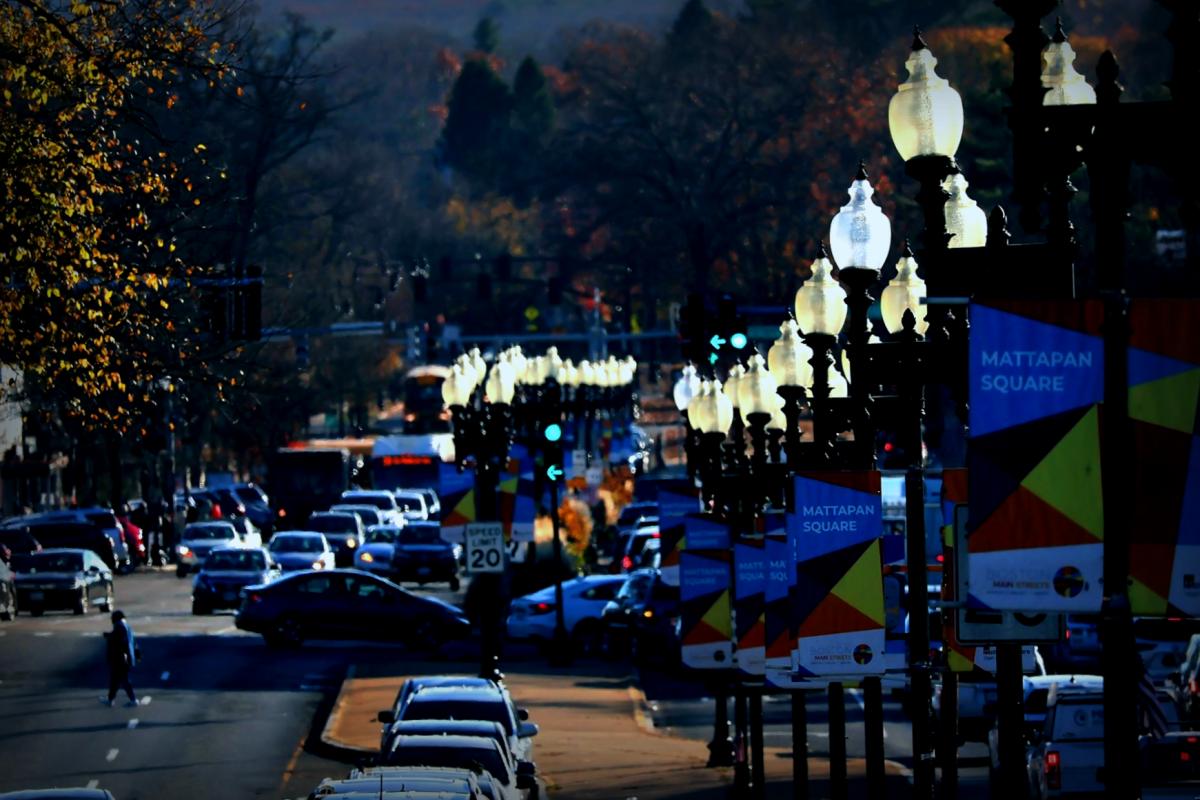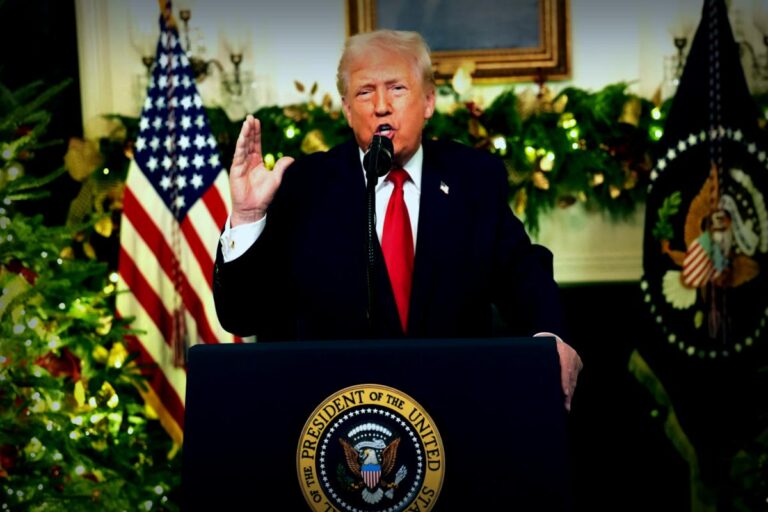(Bloomberg) — This month, the Trump administration put the brakes on grants aimed at enhancing street safety, launching pedestrian trails, and developing bike lanes nationwide. The explanation they provided was straightforward: these projects were not designed for cars.
In San Diego County, a road improvement initiative that included bike lanes was taken off the table because it was said to “reduce lane capacity and present a risk to motor vehicles,” according to a statement from a U.S. Department of Transportation (DOT) official. This project, which had already been granted $1.2 million nearly a year ago, is now left hanging.
In Fairfield, Alabama, plans to transform street lanes into trail spaces on Vinesville Road also fell under the same scrutiny, labeled as “hostile” to cars and against the DOT’s goal to maintain or enhance roadway capacity.
In Boston, officials received a similar wake-up call when the Trump administration yanked back a grant intended for walking, biking, and transit improvements in the Mattapan Square area, claiming it would disrupt the city’s auto-centric layout. Another grant aimed at intersection safety was canceled over concerns it could “slow vehicle traffic and reduce road capacity.”
President Trump has been open about his desire to roll back policies from the Biden administration, which also includes retracting funds for electric vehicle chargers and clean energy initiatives.
The wave of cutbacks issued on September 9 by the DOT highlights just how committed the Trump administration is to advocating for single-occupancy vehicles, hindering local government endeavors aimed at diversifying transportation options.
According to sources, the DOT spokesperson did not provide any comments when reached out for feedback.
Demand for Alternatives
Transit advocates and local officials had sensed that this kind of reversal was likely since Trump resumed his presidency in January. The Department of Transportation, under Secretary Sean Duffy, has consistently criticized major transit systems, including New York’s MTA, indicating a clear preference for automobile-focused projects.
The choice of words used by the DOT in revoking granted funds left many local officials and transit advocates startled, particularly since it came after a spike in pedestrian injuries and fatalities. For instance, in Albuquerque, city leaders had been worried that this scenario was on the horizon, especially since they received communication this year about the $11.5 million grant for a downtown rail trail being “reviewed” by Trump’s DOT.
City Chief of Staff Terry Brunner remarked, “We had an inkling that this kind of move might come, but it was still uncertain.”
Currently, the administration is specifically targeting discretionary grants, funding awarded upon application from states and counties. The DOT has initiated cuts targeting programs like RAISE and Safe Streets for All, according to those aware of the strategic retractions.
The outright attack on pedestrian safety and initiatives for “active transportation networks” comes off as particularly ironic. Demand for bike lanes and safety projects is on the rise, even in Republican-leaning locations, not exclusively within liberal jurisdictions. Kevin Mills, the vice president for policy at Rails to Trails Conservancy, noted that at the local level, the gap isn’t as clearly defined as political affiliations may suggest. Even in a traditionally red state like Florida, there are robust initiatives aimed at expanding mixed-use trails for cyclists and pedestrians.
More transit planners are leaning towards alternative projects that help decongest roads rather than focusing solely on car-centric designs, which Mills noted were often more effective overall. These canceled initiatives frequently had significant potential for improvement.
The consensus is that the withdrawal of these projects signifies the end for several of them, such as the Fairfield trails.
Yvette Reynolds, city clerk, expressed concern: “It can’t happen without that funding,” referring to the critical $11.7 million federal grant originally allocated for the trail project that was withdrawn.
Planning for Future Needs
While grant recipients are grappling with the cancellations, they are also not backing down:
“The City was awarded these vital federal grants to replace sidewalks, enhance lighting, upgrade bus stops, and increase greenery on neighborhood streets,” a spokesperson for Boston’s Mayor Michelle Wu noted. “The federal government’s decision to revoke these grants disregards Congress’s clear intent, and we are examining our options moving forward.”
In McLean County, Illinois, efforts to construct a 10-foot-wide bike and pedestrian trail have been ongoing since 1999, tracing Route 66 and providing crucial safe routes for cyclists. The county was set to allocate its $675,000 federal grant to finalize planning for the remaining nine miles, which is vital for unlocking additional funding.
Cathy Dreyer, the assistant county administrator, emphasized the significance of this funding, stating, “This makes it shovel-ready. That’s why it’s so critical for us,” informally remarking they are now seeking state grants to cover the loss.
Meanwhile, in Albuquerque, despite feeling disheartened, Brunner is attempting to remain optimistic. After having faced continuous roadblocks with the agreement needed to finalize the city’s grant—after months of no progress—they may be free to explore fresh funding opportunities.
“The feds have ghosted us on this for the last nine months,” he admitted. “If there’s a silver lining to this, maybe with them out of the picture, the project could actually gain momentum.”



















